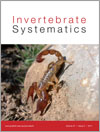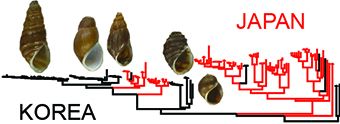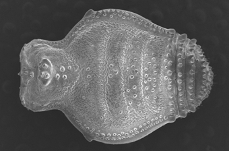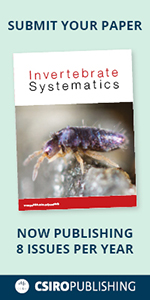IS16078eadem figura manet: Measuring morphological convergence in diplocentrid scorpions (Arachnida : Scorpiones : Diplocentridae) under a multilocus phylogenetic framework
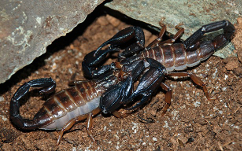
Only few molecular phylogenies on scorpion are available, thereby impeding on the study of morphology evolution in these animals. Here, we evaluated, using molecular data for the first time at a family level, the morphology evolution of enigmatic scorpions with a parametric approach. Our results suggested that morphology in these scorpions has evolved repeatedly and independently several times. Photograph by Jan Ove Rein.


